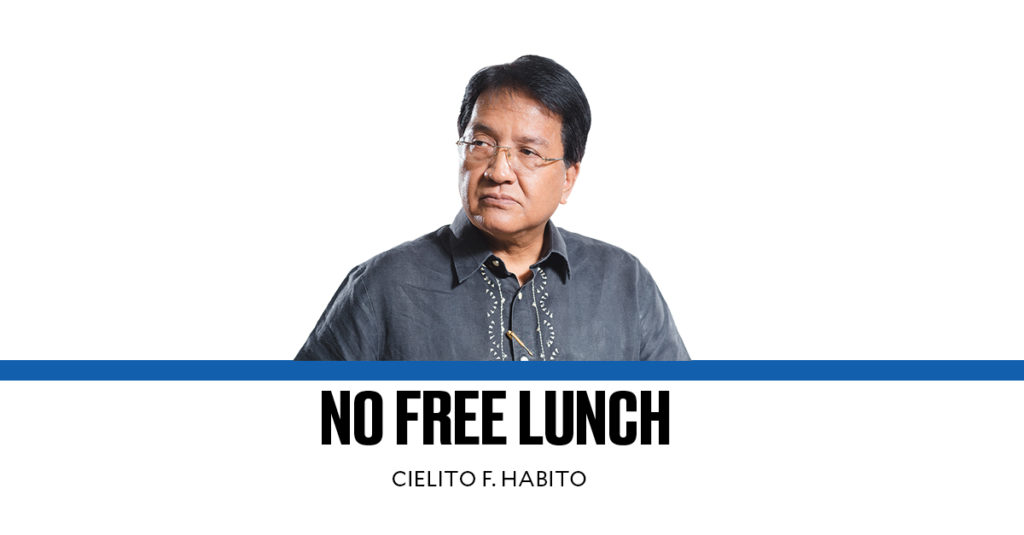Ironically, our country’s dogged pursuit of rice self-sufficiency in the name of food security had the reverse undesired result of reducing Filipinos’ food security. This is because our food staple became less and less affordable over the years as government’s tight regulation of rice imports progressively drove up the domestic price of rice, rather than keep it stable or even bring it down. And because rice is always the first food a poor family will buy, high rice prices leave less, if any, of its tight food budget for protein foods and vegetables. Our persistently high rates of severe malnutrition, which in young children compromises lifelong brain and physical development, could well trace to this.
Today and tomorrow, the Department of Agriculture is holding a National Food Security Summit, culminating many pre-summits that preceded it. But there must be a common understanding of the central topic of food security, because what it means determines the appropriate actions to be taken to pursue it.
The globally accepted definition came from the 1996 World Food Summit of the Food and Agriculture Organization (FAO). Food security, it said, exists “when all people, at all times, have physical and economic access to sufficient, safe and nutritious food that meets their dietary needs and food preferences for an active and healthy life.” FAO defines four dimensions in this definition: availability, access, utilization, and stability. Since 2012, the Global Food Security Index has been used as an assessment tool, which examines 59 unique indicators grouped into four categories: Affordability; Availability; Quality and Safety; and Natural Resources and Resilience. The last was a new addition in 2020, in recognition that climate change poses a major threat to the stability of food systems worldwide.
So how food secure are we? The Philippines ranks 73rd, or within the bottom half of all countries rated. Within the Asean, we are behind everyone except Cambodia and Laos. Among the categories, our lowest rating is in Natural Resources and Resilience (with a score of 35.8 out of 100), reflecting our vulnerability to natural calamities, especially yearly typhoons and periodic El Niño and La Niña that bring droughts and flooding. On this, we are worse than all our Asean neighbors except for Indonesia. In food affordability, we are behind all but Myanmar, Cambodia, and Laos. The three are pulled down by their lower average incomes, offsetting their advantage of lower food prices, being surplus rice producers and exporters.
People tend to confuse food self-sufficiency with food security, which are not equivalent. There is no question that food self-sufficiency is desirable for long-term food security, particularly if a country possesses the natural and technological endowments to make it possible. But food self-sufficiency is neither a necessary nor sufficient condition for food security. Food self-sufficiency only ensures availability, but without wide accessibility and affordability of food, there is no food security for large segments of the population. A country can be food secure without being food self-sufficient, or it can be food self-sufficient but not food secure. Singapore would be an example of the first, and has consistently ranked among the most food secure in the world, and yet imports the bulk of its food needs. The Philippines is closer to the latter case, being nearly self-sufficient in our staple rice, but because Filipinos have to pay much more for their rice than consumers in our neighbors do, large numbers of Filipinos are food insecure, and malnourished.
Does this imply that we should just rely on imports for most or all of our food needs on the reasoning that they are cheaper? Of course not! What it implies is that we must pursue maximum domestic food production to the extent that we can produce it efficiently and productively, at a cost comparable to those elsewhere, as normally reflected by international prices. That, rather than relying on trade restrictions that only raised our food prices and food insecurity over the years, is what the Summit discussions and resolutions should be all about.
cielito.habito@gmail.com
